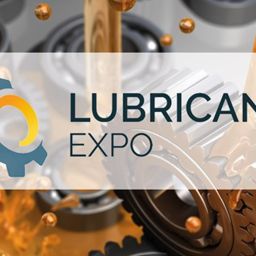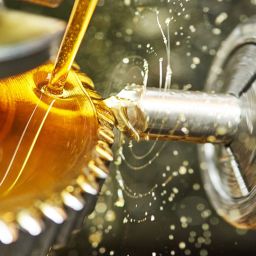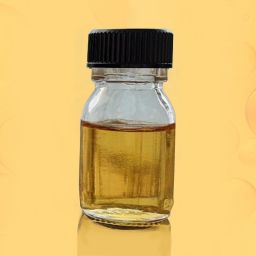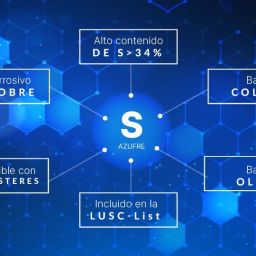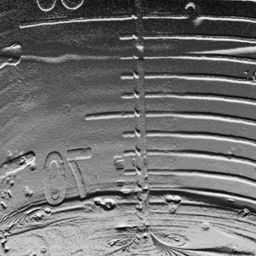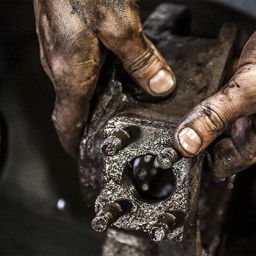
Discover PAO and m-PAO in our catalogue
Polyalphaolefins (PAO) are non-polar synthetic lubricant bases (polymerised oils) classified in group IV according to the API lubricant base categories. PAOs are commonly used in engine oils (also for electric vehicles), hydraulics, compressors, gears and bearings, which operate in extreme temperature environments. They are also used in wind generators and as lubricant bases for grease formulation.
When to use polyalphaolefins?
- When conventional lubricant bases cannot meet specific performance demands.
- When a synthetic lubricant can offer economic benefits for general operations.
- For modern machines and equipment operating under increasingly severe conditions, where reduced maintenance and improved energy efficiency are particularly desirable.
- For lubricants and greases with incidental food contact (NSF HX-1).
What are the main differences between PAOs and metallocene PAOs (mPAOs)?
PAOs (PAOs) are synthetic bases obtained from ethylene monomers (alpha-olefins) polymerised in the presence of catalysts, resulting in larger molecules (polyalphaolefins). On the other hand, metallocene PAOS (mPAO) are synthetic bases obtained in the same way as PAO but in the presence of a metallocene catalyst. The mPAOs have a uniform comb structure lacking short side chains, while PAOs have long and short side chains in a random orientation on both sides of the main chain.

Most mPAOs are available in viscosities from 65 to 300 cSt at 100°C, designed to provide very high viscosity indexes, improved low-temperature flow and shear stability equal to or better than standard PAOs.
At LUMAR, we have several polyalphaolefins of different viscosities to meet your needs:

Contact us for more information about our products.




